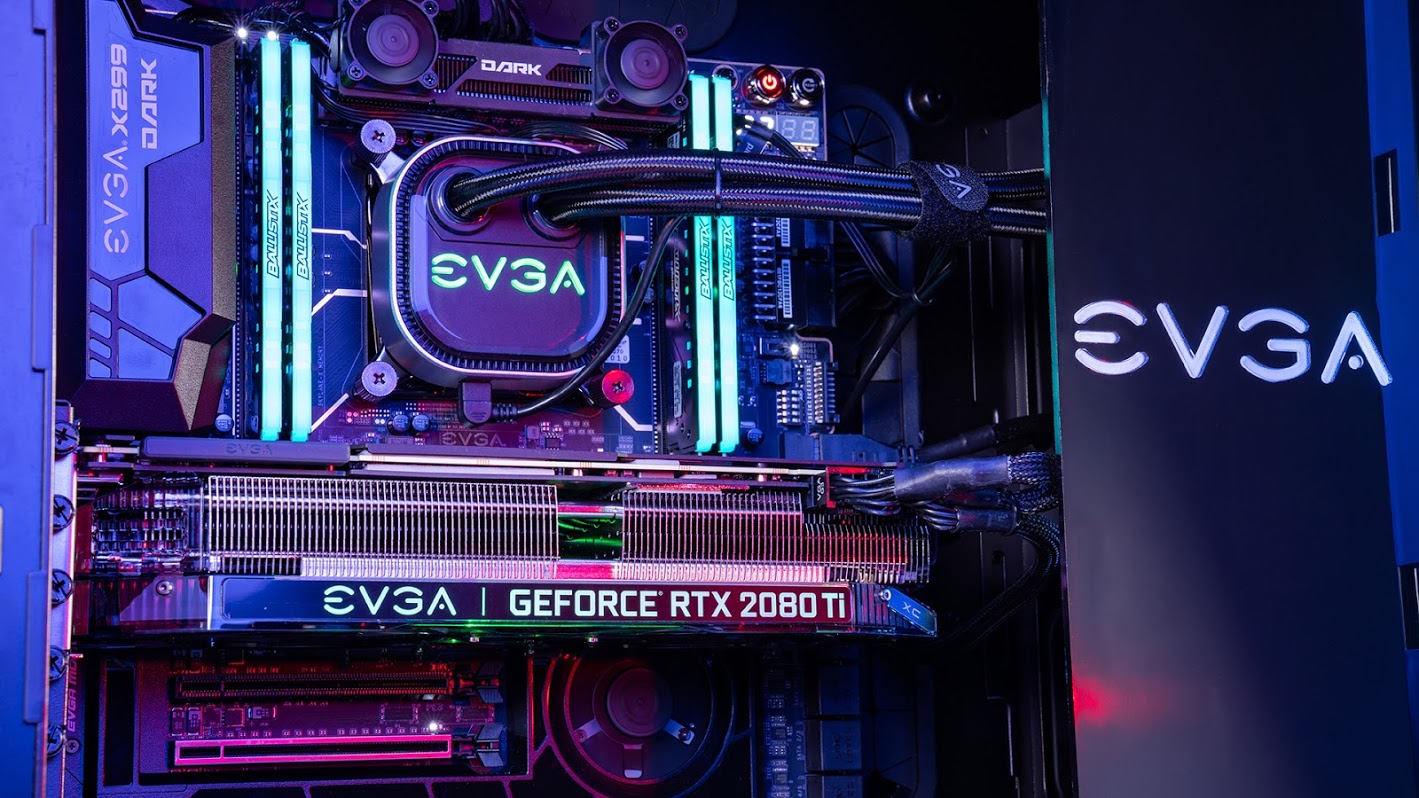

But to demonstrate why both are important, think about it: if you have very fast RAM, but the latency is high, it would be like gaming on a high-refresh-rate monitor but each of your actions takes a second to register (a dramatic example, but you get the point…).
Price difference between 8gb vs 16gb ram how to#
We talk more about how to balance latency and clock speed below. Nearly all popular RAM today is between CL 12 & CL 18 (mostly CL14-16). It is the first number from the 4 that is typically used to establish CL. The latency is usually recorded by 4 numbers in the following format: 16-18-19-30 which represents the number of clock cycles it takes for the RAM to register a command. The last key part of the equation is Column Access Strobe or CAS latency (often just “CL”) which is integral in understanding RAM speed and often overlooked compared to a stick’s MHz rating.ĬL indicates how long it takes your RAM to recognize a command/action (similar to how a monitor has latency between receiving your mouse click and outputting the result visually). Reducing the time it takes the CPU to access this data increases your performance in real-world scenarios and games.Ĭlock speed is measured in Megahertz (MHz) which indicates how many times per second your RAM can access its memory (as you probably expect, more is better, but we’ll speak further below about the sweet spot between price and utility). RAM Clock Speed / FrequencyĬlock speed or frequency is a RAM’s MHz rating (nowadays, most RAM will be in the 2400Mhz to 4400MHz range).įaster clock speed allows your processor to retrieve data located on your storage drives more quickly. Generally more RAM capacity is better, but there are diminishing returns (we’ll get back to that). While your hard/solid-state drives are the size of your shelves, drawers, and cabinets these are used to store most of your items and take a little longer to take out for use on your desk. Once software/games/files are open, they then utilize your PC’s RAM, which is faster than your SSDs/HDDs, so that they can be “randomly accessed” quickly during use.Ī common metaphor to explain the difference is that RAM size is almost like your desk, and the more capacity you have, the larger your desk is (meaning you can have more items in arms reach ready to quickly use). Your main storage (Solid State Drives, Hard Drives, etc.) are designed to offer much larger storage but are slower than RAM, which is why those drives are store your data and require a more significant loading time when opening them for use. This is where the name “Random Access Memory” comes in.
Price difference between 8gb vs 16gb ram Pc#
4GB, 8GB, 16GB, and 32GB are the most common sizes right now.Īdditional capacity means your PC will have the ability to run more programs simultaneously/switch between them more smoothly. RAM size is, as the name suggests, the overall capacity of the memory you’re buying. For the average PC builder, the capability of Random Access Memory (RAM) is measured by 3 key fundamentals: frequency, latency, and size ( technically, size isn’t speed-related – but for the purpose of establishing what RAM is best for you, we’ll be covering it).


 0 kommentar(er)
0 kommentar(er)
